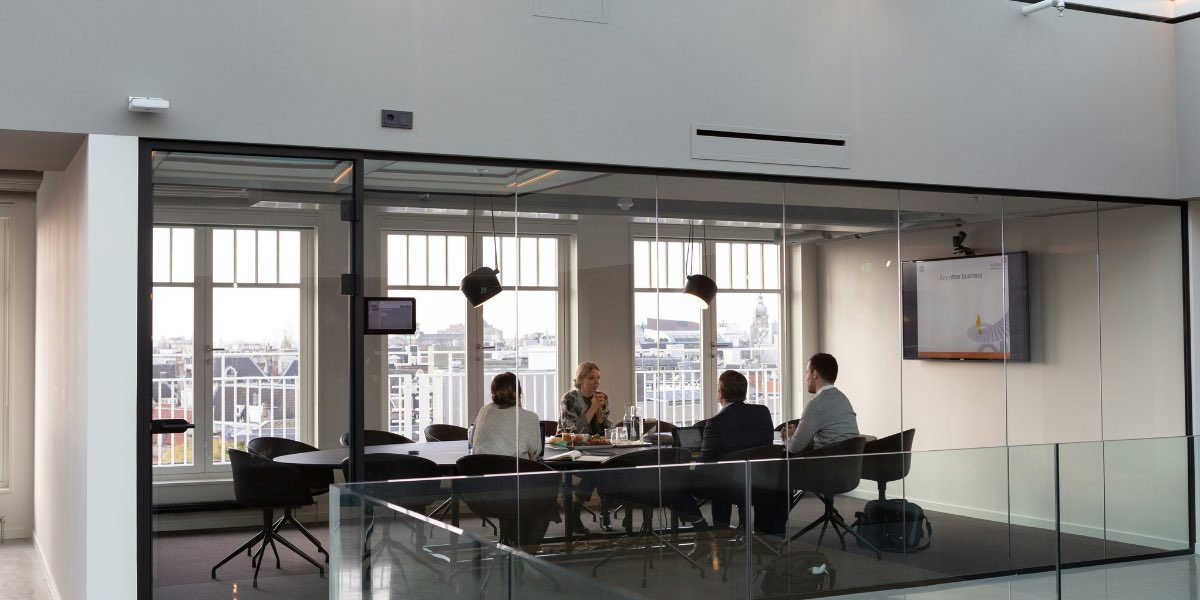Corporate longevity remains an ongoing challenge for businesses operating in competitive and evolving markets. While some companies sustain success across generations, others encounter obstacles that test their ability to remain relevant. Financial strength alone does not guarantee survival, as long-term stability often depends on strategic foresight, adaptability, and internal resilience.
Organizations that successfully navigate change often assess risks proactively, invest in talent development, innovation, and operational flexibility, and maintain awareness of shifting consumer and industry trends. External pressures such as market disruptions, economic downturns, and regulatory changes influence longevity, but internal factors—including leadership transitions, organizational culture, and decision-making processes—also play a critical role in determining whether a company can withstand challenges over time.
Read also: Why Emotional Triggers Matter in Business Advertising
How Do Leadership and Internal Structures Influence Corporate Longevity?
The ability to sustain operations for multiple decades often depends on the structure and adaptability of leadership. Companies that establish clear succession plans, strategic vision, and operational flexibility may have a stronger foundation for long-term continuity.
Leadership transitions can impact both stability and innovation. A shift from founder-led management to a new leadership team often brings changes in decision-making, company culture, and risk tolerance. Businesses that prepare for leadership succession early, ensure knowledge transfer, and maintain a balance between tradition and innovation may experience smoother transitions. In contrast, companies that lack a clear succession strategy sometimes face uncertainty, particularly when leadership changes coincide with broader industry shifts.
Corporate culture also plays a role in longevity. Businesses that foster collaborative work environments, open communication, and employee engagement often demonstrate resilience during periods of change. Organizations that encourage continuous learning, skills development, and internal mobility may be better positioned to retain talent, transfer institutional knowledge, and sustain productivity.
Operational flexibility allows companies to adjust to new challenges. Businesses that maintain efficient supply chains, adaptable business models, and diversified revenue streams may be better equipped to navigate market disruptions, consumer behavior shifts, or unexpected financial pressures.
How Do Market and Industry Shifts Affect Business Survival?
Companies operating in rapidly changing industries often encounter market forces that shape their long-term viability. Businesses that monitor emerging trends, technological advancements, and competitive landscapes may identify opportunities to evolve with industry demands rather than struggle to keep pace.
Market saturation presents a challenge for companies in mature industries. Businesses that rely on established products or services may experience declining growth if customer demand shifts toward new technologies, alternative business models, or changing consumer preferences. Some companies address this by expanding into adjacent markets, introducing product variations, or shifting focus toward service-based revenue models. Others face challenges when core offerings become less relevant, requiring strategic reinvention to maintain market position.
Technological change influences corporate longevity across multiple sectors. Companies that adopt new tools, automate processes, and invest in digital transformation often find ways to improve efficiency and customer engagement. Businesses that delay technology adoption may find themselves outpaced by competitors leveraging innovation to enhance operations, marketing, and customer experience.
Regulatory and policy changes also shape corporate survival. Businesses operating in highly regulated industries must adapt to compliance requirements, environmental policies, and trade regulations. Companies that engage with policymakers, anticipate regulatory shifts, and integrate compliance strategies into long-term planning may avoid disruptions that affect financial stability and operational continuity.
What Internal Risks Contribute to Corporate Decline?
Sustaining long-term success requires proactive risk management and internal accountability. While external market pressures influence longevity, internal risks such as strategic misalignment, leadership complacency, and financial mismanagement can also impact business survival.
Strategic misalignment occurs when companies expand into markets or industries without clear long-term objectives. Rapid expansion without assessing risks, understanding customer demand, or aligning growth strategies with core competencies may create financial strain or operational inefficiencies. Businesses that approach growth with structured planning, market research, and adaptable execution strategies may be better positioned to sustain expansion over time.
Leadership complacency can also create challenges. Companies that over-rely on past success or fail to invest in new capabilities may struggle when market conditions shift. Organizations that encourage strategic thinking, assess competitive threats, and foster innovation may be more adaptable to industry changes.
Financial mismanagement poses a significant risk for business longevity. Companies that prioritize short-term gains over sustainable investment, misallocate resources, or operate with high debt burdens may find it difficult to navigate economic downturns or unexpected financial pressures. Businesses that maintain financial discipline, manage capital efficiently, and invest in scalable growth initiatives often demonstrate greater stability.
How Can Businesses Adapt to Changing Consumer Expectations?
Consumer behavior evolves alongside technological advancements, cultural shifts, and economic conditions. Businesses that remain responsive to customer needs often sustain stronger relationships and maintain relevance in competitive markets.
Brand perception influences corporate longevity. Companies that build strong customer trust, maintain transparency, and adapt to changing expectations often establish lasting brand loyalty. Businesses that fail to address consumer feedback, adapt marketing strategies, or update brand messaging may experience declining engagement over time.
Shifts in purchasing behavior also affect long-term success. As e-commerce, subscription-based models, and personalized shopping experiences gain prominence, companies that adopt digital-first strategies and enhance customer convenience may remain competitive. Businesses that rely solely on traditional retail or outdated sales approaches may need to adjust strategies to align with evolving shopping habits.
Sustainability and corporate responsibility increasingly shape consumer decisions. Companies that integrate ethical sourcing, environmental initiatives, and corporate transparency into their business models may strengthen long-term relationships with customers and stakeholders. Businesses that overlook sustainability trends, environmental regulations, or changing consumer priorities may face challenges maintaining relevance in markets where ethical business practices influence purchasing decisions.
Read also: How Business Proposals Can Lead to Promotions
What Strategies Support Long-Term Business Stability?
Corporate longevity does not follow a single formula, but businesses that balance strategic planning, market awareness, and internal adaptability often sustain long-term success.
Agile decision-making supports resilience. Companies that monitor industry developments, adjust business strategies, and refine operational structures in response to market changes may navigate uncertainties more effectively than those that rely on static business models.
Diversification reduces risk exposure. Businesses that expand into complementary markets, introduce new products, or explore alternative revenue streams may create additional stability when industry fluctuations impact core offerings.
Investment in talent development strengthens long-term business continuity. Companies that support leadership training, employee engagement, and knowledge-sharing initiatives may improve retention, innovation, and operational consistency.
Technology adoption plays an increasing role in business longevity. Companies that leverage automation, artificial intelligence, and digital tools to enhance operations, customer experience, and strategic planning may maintain a competitive edge.
Businesses that approach longevity as an ongoing process of adaptation, strategic investment, and resilience building may be better prepared to sustain success across changing market conditions. While external challenges remain unpredictable, organizations that cultivate a culture of continuous improvement and proactive planning often demonstrate stronger long-term stability.







